Varicose veins (varicose veins) is a disease of the veins, manifested in their deformation and reduced blood flow out. Observing the appearance of spider veins, pain and heaviness in the legs, treatment of varicose veins should be initiated immediately, especially since the initial manifestations of the disease can be managed withminimally invasive or generally folk methods.
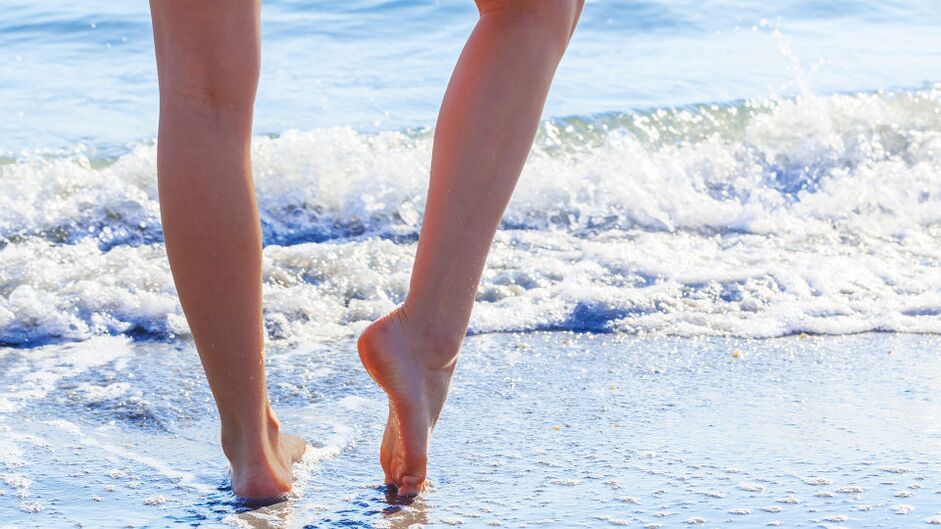
The main signs of varicose veins in the legs
The "spider web" in the legs, also known as the "spider web" is no different from the early stages of varicose veins. In addition to her, the main signs of varicose veins include:
- persistent leg swelling in the thighs or lower legs;
- heaviness in the legs;
- skin discoloration: red, dark spots appear;
- veins change shape and increase in size;
- thickening of the skin on the lower legs;
- severe pain in the calf, which is worse when walking, a feeling of warmth and burning in the legs;
- pain in the veins when pressed;
- the formation of trophic ulcers;
- leg cramps at night.
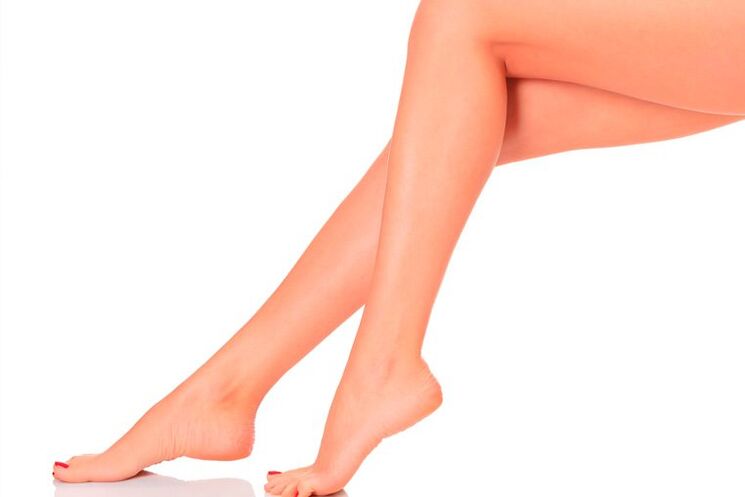
With varicose veins of the legs, therapy should be started as soon as possible.
In such places, the blood flow slows down, which contributes to the formation of thrombus.
With this disease, the venous vessels lose their elasticity, dilate in some places, twist, form knots.
How can you cure varicose veins in the legs?
Modern medicine has several methods of treating this disease. The doctor should decide on the treatment regimen, taking into account the existing symptoms, comorbidities and the characteristics of the patient's organism. Therefore, such modern methods can participate:
- Conservative treatment is the use of certain drugs.
- Minimally invasive technique. Whenever possible, doctors try to use them to treat varicose veins in the legs.
- Thorough therapy. Perform varicocele and varicose veinectomy.
In some cases of varicose veins in the legs in the mild stage, with the consent of the doctor, folk remedies can be used as adjunctive methods to help eliminate varicose veins.
Wearing compression clothing helps to heal varicose veins in the early stages, and also supports the veins in the postoperative period. The effectiveness of compression garments is due to the effect of tissue compression, resulting in compression and varicose veins. There are product models for the treatment of varicose veins in men and pregnant women.
Modern treatment methods
Drug treatment: creams, ointments and gels
With varicose veins, blood vessels are damaged, leading to blood stagnation. Therefore, in the early stages of the disease, the following groups of drugs will come into play:
- Non-steroidal tablets or gels to prevent inflammation. They are used to treat thrombosis and thrombophlebitis. Treatment of varicose veins with these drugs should take place only under the supervision of a doctor.
- Hormone-based with anti-histamine, anti-inflammatory effects for varicose veins. They also reduce tissue swelling.
- Blood thinners prevent venous stasis and blood clots, thin the blood, and improve blood circulation.
These drugs are actively used in home therapy for varicose veins, but they need to be used strictly as prescribed by a doctor. Ointments and gels are usually applied directly to the vascular area twice a day.
Minimally invasive procedure
The minimally invasive method of treating varicose veins does not require surgical intervention, hospital stay and long-term rehabilitation afterward. A non-surgical intervention is performed in a procedure room under local anesthesia. These varicose veins treatments are less traumatic.
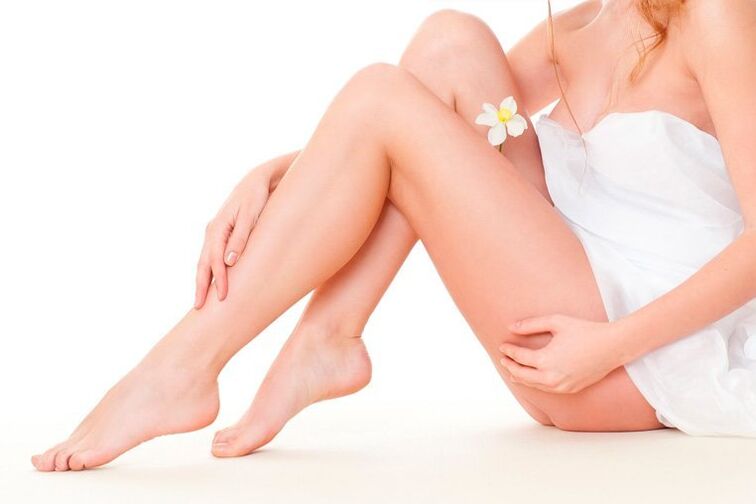
The patient can go home the same day.
In 95% of varicocele cases, doctors apply non-surgical interventions, only 5% of patients need varicose vein surgery.
Minimally invasive procedures include:
- TV signal loss;
- therapeutic therapy;
- laser ablation;
- small surgery.
Therapeutic therapy
Sclerotherapy involves injecting an active scleroderma into the deformed vein. It clogs the damaged area of the vein, and the blood moving along the bed is restored. Over time, the isolated vein will dissolve on its own.
Sclerotherapy is performed under continuous ultrasound control. Modern technologies have further improved sclerotherapy. More and more people are now using a more effective treatment for varicose veins - foam sclerotherapy. It is performed if the diameter of the veins does not exceed 10 mm; Such an intervention practically does not cause complications in the postoperative period.
After sclerotherapy, the patient should wear compression garments for a month to reinforce the positive effect.
Lost TV signal
Radiofrequency ablation is one of the least traumatic methods and at the same time, it can effectively eliminate varicose veins in the legs. This procedure can be performed with any diameter of the vein. Excision is performed under local anesthesia, under continuous ultrasound control.
Through a small opening in the vein, a radiofrequency catheter is delivered to the desired location into the tissues surrounding the vein. Next, an anesthetic is injected, creating a "water bed" around the damaged vein, which helps protect surrounding tissue from the effects of radio waves. After radiofrequency treatment, no long-term rehabilitation is required; As early as 2 weeks after the procedure, the patient can live an active life. Although expensive, this method has the best reviews on the forums.
Contraindications to radiofrequency ablation are thrombophlebitis and nutritional changes in the skin.
Laser ablation
Laser ablation is performed on an outpatient basis for 30 minutes to 2 hours under local anesthesia. Once completed, the patient can immediately go home independent of the clinic. This method involves burning the walls of blood vessels with a laser using a special light guide. As a result, there is a blockage of the affected area of the vein.
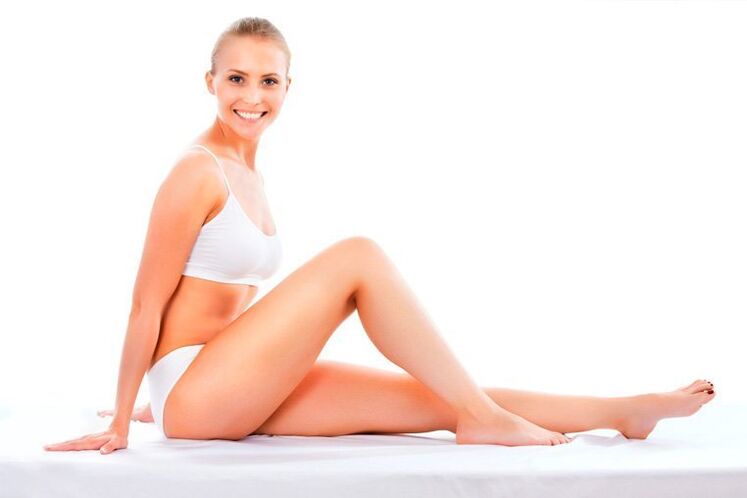
Over time, the laser treatment area will disappear on its own.
Several types of fibers are used for laser ablation:
- end - for veins with a diameter of not more than 1 cm;
- radial - for veins of any diameter, 360 degree coverage.
After laser treatment, patients are recommended to wear knitwear as a precaution. Linen type and duration of use prescribed by a vascular specialist; The prices of these fabrics have recently become lower.
Microflebectomy
During a microscopic excision, the surgeon removes the affected area of the vein using a special hook. These hooks are inserted into the vein through a microscopic incision up to 1 mm. The procedure is performed under local anesthesia.
The rehabilitation period after treatment is 3-5 days, after this time the patient can go to work. During surgery, bruises form at the site of exposure, which disappear on their own after 3-4 weeks. You should wear compression clothing for the first 2 weeks after your microscopic ablation.
The advantages of microscopic excision include the ability to apply the technique to veins of any diameter and to completely remove the affected area of the vein.
Vein ablation
In case varicose veins of the legs are quite neglected and non-surgical treatment regimens do not give satisfactory results, the patient will be indicated surgery to remove the damaged vein - surgical removal of the vein. Only surgery can cure varicose veins in severe cases.
A veinectomy is performed in the hospital under spinal or general anesthesia in no more than 2 hours. After surgery, the patient is monitored at the treatment center for 1-2 days.
Indications for a surgery:
- severe violations of bleeding;
- extensive varicose veins;
- Severe complications of varicose veins - thrombophlebitis, trophic ulcers.
The risk of complications during surgery is minimal, but there are contraindications to phlebotomy:
- inflammatory processes in the skin;
- internal deep vein thrombosis;
- diseases of the cardiovascular system;
- hypertension;
- infectious diseases;
- pregnancy.
For phlebotomy, a special probe is inserted into the vein through a small incision in the skin. The enlarged vein is mechanically removed and the incision is sutured.
In the postoperative period, the patient is prescribed intravenous drugs and means to reduce blood viscosity, it is recommended to wear compression underwear for 2 months, perform exercises from a special gymnastics complex and walkin the fresh air.
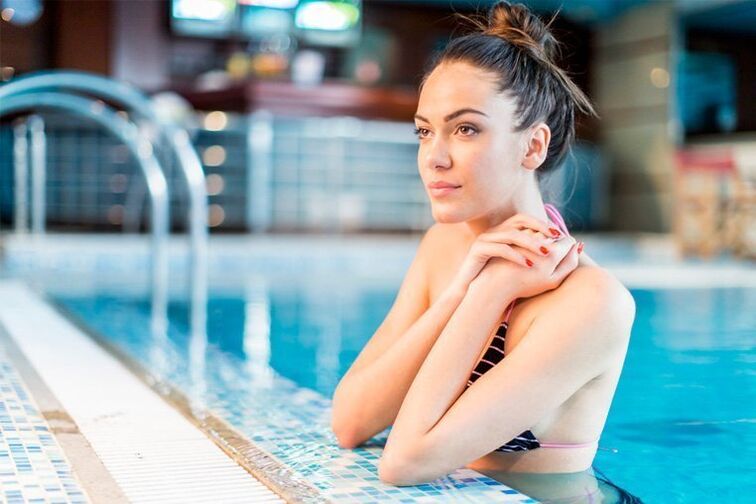
Cycling and swimming are also helpful.
Treatment of varicose veins in the legs with folk remedies at home
Treatment of varicose veins of the legs with folk remedies can be effective in the early stages of the disease, if you approach the problem comprehensively and in consultation with a doctor. To get rid of the disease, you need to apply synchronously the following measures:
- Get rid of the habit of sitting cross-legged.
- Wear more comfortable shoes.
- Include foods with fiber in the diet, avoid fried, greasy and spicy foods, supplement vitamins, useful trace elements.
- Use folk remedies (decoction, tincture, compress, massage) to get rid of varicose veins in the legs.
Apple Cider Vinegar for Varicose Veins in the Legs
Apple cider vinegar helps reduce swelling, pain, and heaviness in the legs with varicose veins. The product contains more than 20 minerals and trace elements useful for the body, as well as vitamins A, C, and B. Apple cider vinegar strengthens blood vessels and helps reduce edema and even out skin tone.
How to use apple cider vinegar to treat varicose veins:
- Compressor. Dip a gauze bandage in clean vinegar, apply to varicose veins on the skin, wrap with cellophane, use a warm towel. Place your feet horizontally 50 cm above your body, such as on the armrests of a sofa. Hold the compress for 30 minutes to 1 hour.
- Seizure. After the regular water treatment, massage apple cider vinegar into the painful varicose veins in the lower extremities, do not wash the product off the skin until the next bath.
- Eat clumsy. The method is very simple: dilute 150 g of apple cider vinegar in 2 liters of warm water. Put your feet in a basin, slowly pour the prepared solution from a ladle onto the swollen veins. Drain the water and repeat the process again within 5 minutes. Do not dry the feet after pouring, should dry naturally.
Nourishing and compacting clay
For the treatment of varicose veins, blue, green or white clay is very useful, which you can buy in a pharmacy. Soak the clay in cold water and brush it over the stretch marks on your legs. The thickness of the clay layer should be at least 1 cm, covered with polyethylene, no need for insulation. Apply cold like this for 1 to 1. 5 hours, then take a cool shower.
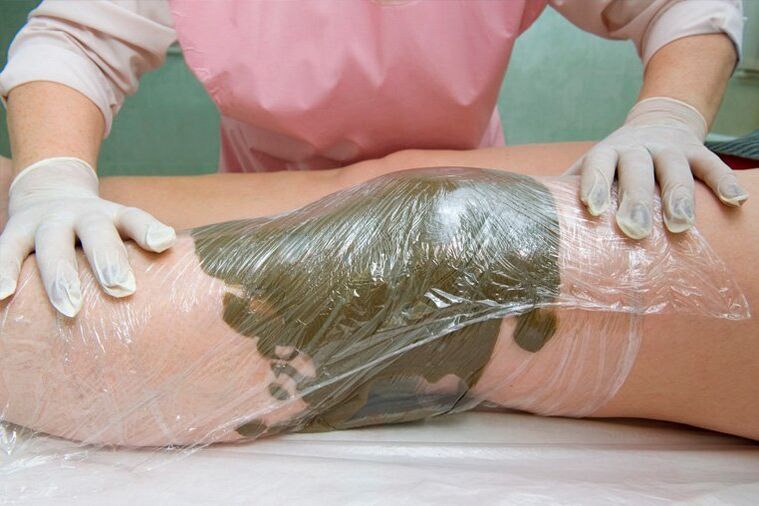
Should perform clay compress according to the course of 12 courses with a frequency of 2 times / week.
Cold compresses are just as helpful in treating varicose veins in the legs as heat. When the temperature drops, the veins narrow, metabolism accelerates, lymph is released, which helps to remove toxins and toxins from the body. Using clay effectively eliminates puffiness and helps relieve foot fatigue.
Acacia flower alcohol
White acacia flower alcohol supports the treatment of varicose veins. It is used in the form of compresses, rubs, lotions.
Alcohol has the ability to dissolve swollen veins.
To prepare tincture, pour 100 gr. white acacia flowers with half a liter of vodka, keep for three weeks in a dark place. Stretch and massage the infusion daily into the skin where varicose veins are visible. The more often you do this, the sooner normal blood circulation in your legs will be restored. First, the network of blood vessels will thin and disappear, over time, the deep veins will also disappear.












































